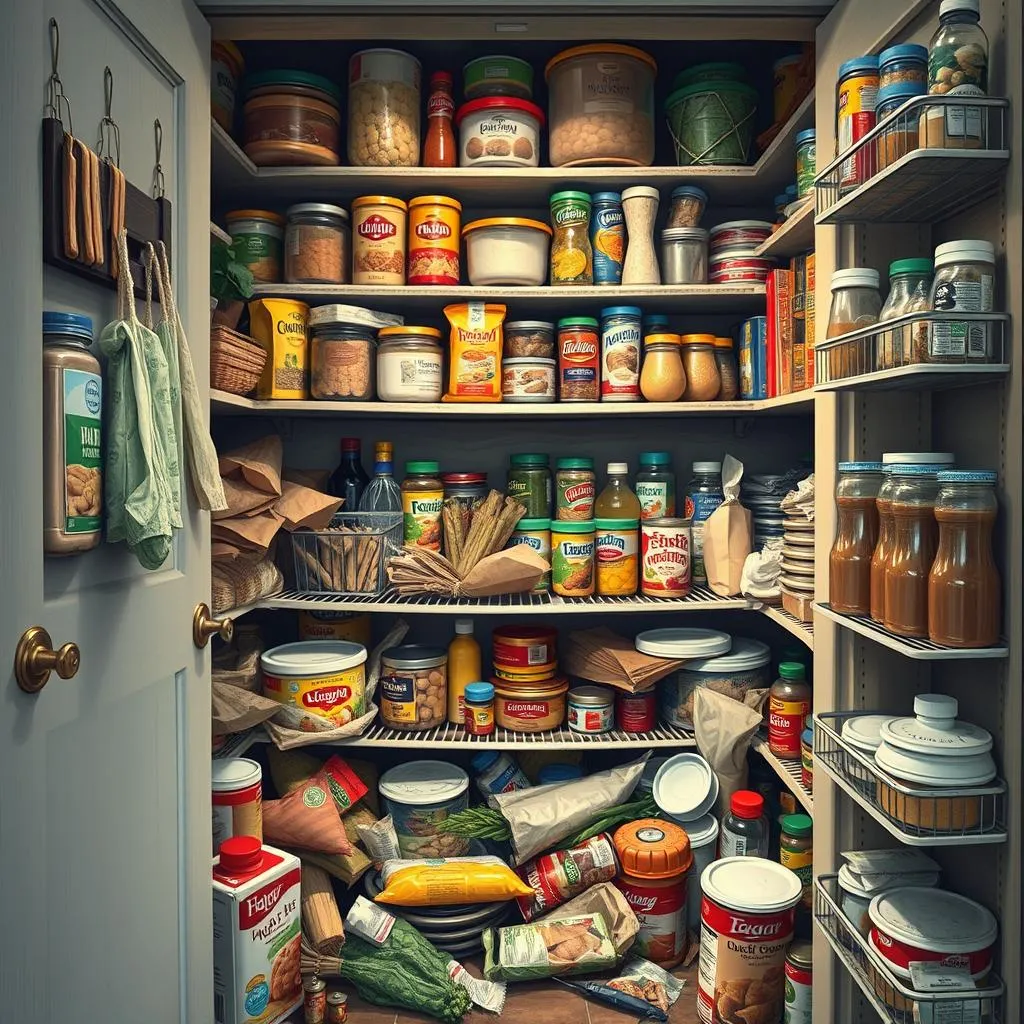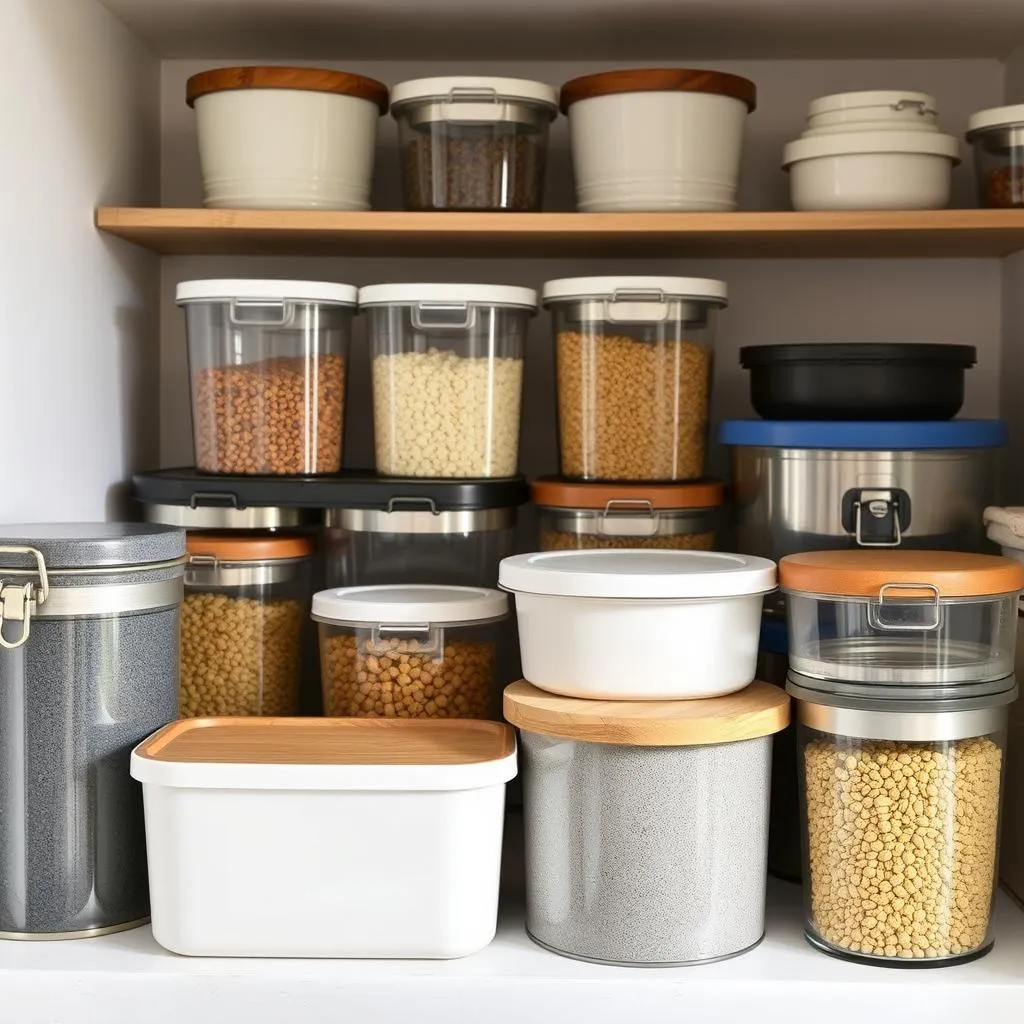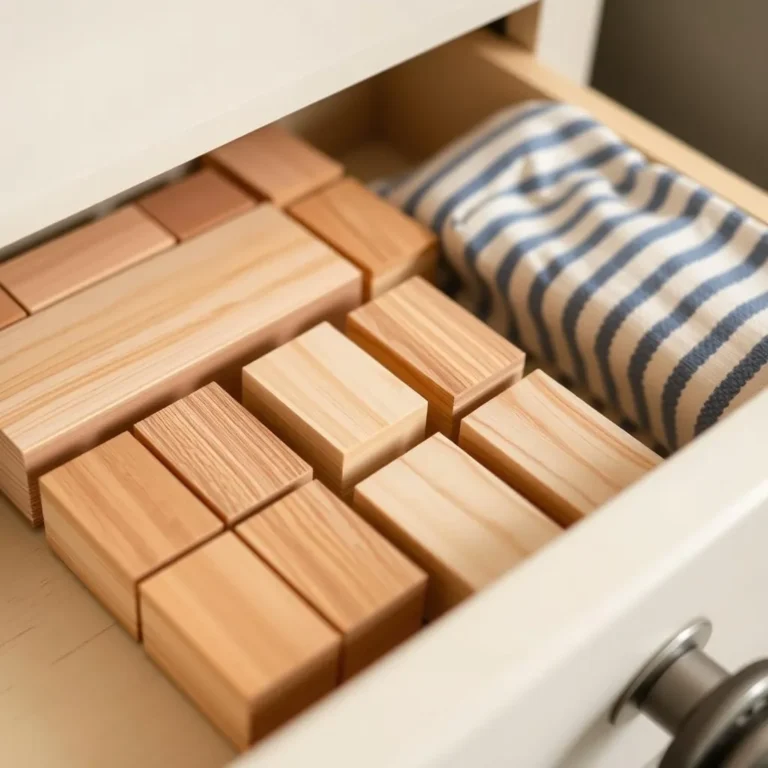Table of Contents
- Pantry System: A Tidy Solution to Food Chaos
1.1 The Problem with a Messy Pantry
1.2 Benefits of a Well-Organized Pantry
1.3 Types of Pantry Systems - Planning Your Pantry System: Assessing Your Needs
2.1 Measuring Your Pantry Space
2.2 Identifying Your Pantry Contents
2.3 Considering Your Lifestyle and Cooking Habits - Choosing the Right Containers: A Guide to Organization
3.1 Clear vs. Opaque Containers
3.2 Material Matters: Plastic, Glass, Metal, Bamboo
3.3 Sizing Up Your Needs: From Small Jars to Large Bins - Labeling Your Pantry: The Key to Success
4.1 Why Labeling is Crucial
4.2 Creative Labeling Ideas: Beyond Simple Text
4.3 Utilizing Technology for Smart Labels - Efficient Pantry Layout and Organization Techniques
5.1 Categorizing Your Food: A Logical Approach
5.2 Utilizing Vertical Space: Shelves, Racks, and Drawers
5.3 First In, First Out (FIFO): Preventing Waste - Maintaining Your Pantry System: Long-Term Strategies
6.1 Regular Purging and Inventory
6.2 Creative Storage Solutions for Odd-Shaped Items
6.3 Adapting Your System Over Time - Budget-Friendly Pantry Organization Ideas
7.1 Repurposing Household Items
7.2 Shopping Smart for Organization Supplies - Advanced Pantry Organization Techniques
8.1 Using Dividers and Trays for Smaller Items
8.2 Implementing a Rotating Stock System - Pantry Organization for Small Spaces
9.1 Maximizing Vertical Space in Narrow Pantries
9.2 Utilizing Hidden Storage - Pantry Organization for Large Spaces
10.1 Creating Zones Within Your Pantry
10.2 Utilizing Island Storage - Technology and Your Pantry: Smart Solutions
11.1 Smart Inventory Apps
11.2 Smart Shelves and Sensors - Eco-Friendly Pantry Organization
12.1 Reusable Containers and Bags
12.2 Reducing Food Waste - The Emotional Impact of an Organized Pantry
13.1 Stress Reduction
13.2 Increased Cooking Motivation - Pantry Organization on a Budget
14.1 DIY Solutions
14.2 Affordable Storage Options - Conclusion: Embrace the Organized Pantry Life
Pantry System: A Tidy Solution to Food Chaos
Have you ever opened your pantry door only to be greeted by an avalanche of haphazardly stacked cans, bags, and boxes? It’s a common scenario, one that can leave you feeling overwhelmed and frustrated. But what if I told you that achieving a perfectly organized pantry isn’t as daunting as it seems? It’s all about implementing the right system. Let’s explore how to transform your chaotic pantry into a well-oiled machine of efficient food storage.
1.1 The Problem with a Messy Pantry
A messy pantry is more than just an eyesore. It’s a breeding ground for wasted food, a recipe for frustration, and a major impediment to efficient cooking. Expired items hide in the back, while frequently used ingredients are buried under a mountain of clutter. Finding what you need becomes a scavenger hunt, and it’s easy to lose track of what you already have, leading to duplicate purchases and ultimately, more waste. 
1.2 Benefits of a Well-Organized Pantry
In contrast, a well-organized pantry is a sanctuary of calm and efficiency. Imagine effortlessly locating that elusive spice, knowing exactly what you have on hand, and planning meals with ease. An organized pantry saves you time, reduces food waste, and even boosts your cooking motivation. It’s an investment in your time, your sanity, and your wallet.
1.3 Types of Pantry Systems
There’s no one-size-fits-all approach to pantry organization. The best system depends on your pantry’s size, shape, and your personal preferences. Consider these options: the zone system (grouping similar items together), the category system (organizing by food type), and the FIFO (first-in, first-out) method to ensure you use older items before they expire.
2. Planning Your Pantry System: Assessing Your Needs
Before diving into the nitty-gritty of containers and labels, you need a solid plan. This involves a thorough assessment of your pantry and your cooking habits.
2.1 Measuring Your Pantry Space
Grab your measuring tape and take precise measurements of your pantry’s dimensions, including shelf height and width. This will help you determine the size and number of containers you’ll need.
2.2 Identifying Your Pantry Contents
Take everything out of your pantry! Yes, everything. This allows you to take stock of what you have, identify expired items, and get a clear picture of your pantry’s contents.
2.3 Considering Your Lifestyle and Cooking Habits
Do you cook elaborate meals every night, or are you more of a grab-and-go type? Your lifestyle will influence how you categorize and organize your food. For example, if you bake frequently, you’ll want easy access to flour, sugar, and baking powder.
3. Choosing the Right Containers: A Guide to Organization
The right containers are the backbone of any successful pantry system. Choosing the right ones can make all the difference.
3.1 Clear vs. Opaque Containers
Clear containers allow you to see the contents at a glance, making it easy to identify items and check expiration dates. Opaque containers can help protect light-sensitive foods like spices and oils.
3.2 Material Matters: Plastic, Glass, Metal, Bamboo
Plastic is lightweight and inexpensive, while glass is durable and aesthetically pleasing. Metal containers are ideal for storing dry goods, and bamboo offers a sustainable and stylish alternative. 
3.3 Sizing Up Your Needs: From Small Jars to Large Bins
From small spice jars to large bins for pasta and grains, choosing the right size container for each item is crucial for maximizing space and preventing spillage.
4. Labeling Your Pantry: The Key to Success
Labeling your containers is not optional; it’s essential for maintaining an organized and efficient pantry.
4.1 Why Labeling is Crucial
Clear labels prevent confusion and make it easy to find what you need. They also help you track expiration dates and manage your inventory.
4.2 Creative Labeling Ideas: Beyond Simple Text
Get creative with your labels! Use colorful washi tape, handwritten calligraphy, or even printable label templates to add a personalized touch to your pantry.
4.3 Utilizing Technology for Smart Labels
Consider using smart labels with QR codes that link to recipes or nutritional information.
5. Efficient Pantry Layout and Organization Techniques
The way you arrange your pantry items significantly impacts its efficiency. Strategically placing items can save you time and effort in the long run.
5.1 Categorizing Your Food: A Logical Approach
Group similar items together—baking ingredients, canned goods, snacks, etc. This makes it easy to find what you need quickly.
5.2 Utilizing Vertical Space: Shelves, Racks, and Drawers
Maximize your pantry’s vertical space using shelves, racks, and drawers. Stackable containers are also a great space-saver.
5.3 First In, First Out (FIFO): Preventing Waste
Place older items in front and newer items in the back to ensure you use things before they expire.
6. Maintaining Your Pantry System: Long-Term Strategies
A well-organized pantry requires ongoing maintenance. Here’s how to keep your system running smoothly.
6.1 Regular Purging and Inventory
Regularly check for expired items and remove them. Take inventory of your supplies to avoid duplicate purchases.
6.2 Creative Storage Solutions for Odd-Shaped Items
Use baskets, dividers, and other creative storage solutions to organize oddly shaped items and maximize space.
6.3 Adapting Your System Over Time
Your needs and preferences may change over time, so be prepared to adjust your pantry system as needed.
7. Budget-Friendly Pantry Organization Ideas
You don’t need to break the bank to achieve an organized pantry.
7.1 Repurposing Household Items
Repurpose jars, containers, and other household items to create inexpensive storage solutions.
7.2 Shopping Smart for Organization Supplies
Look for sales and discounts on pantry organization supplies. Dollar stores and thrift shops can be great resources.
8. Advanced Pantry Organization Techniques
For those seeking to take their pantry organization to the next level, consider these techniques:
8.1 Using Dividers and Trays for Smaller Items
Use dividers and trays to organize smaller items like spices, nuts, and seeds.
8.2 Implementing a Rotating Stock System
Implement a rotating stock system to ensure you use older items before they expire, reducing waste and saving money.
9. Pantry Organization for Small Spaces
Even if you have a small pantry, you can still achieve efficient organization.
9.1 Maximizing Vertical Space in Narrow Pantries
Use narrow shelves and tall containers to maximize vertical space in narrow pantries.
9.2 Utilizing Hidden Storage
Utilize hidden storage solutions such as under-shelf baskets and drawer organizers.
10. Pantry Organization for Large Spaces
Large pantries offer more flexibility, but require careful planning to prevent clutter.
10.1 Creating Zones Within Your Pantry
Create zones within your pantry for different categories of food.
10.2 Utilizing Island Storage
Consider adding an island or additional shelving to further increase storage capacity.
11. Technology and Your Pantry: Smart Solutions
Technology can streamline your pantry organization efforts.
11.1 Smart Inventory Apps
Use smart inventory apps to track your pantry contents and create shopping lists.
11.2 Smart Shelves and Sensors
Smart shelves and sensors can automatically track inventory levels and alert you when items are running low.
12. Eco-Friendly Pantry Organization
Reduce your environmental impact with sustainable pantry organization practices.
12.1 Reusable Containers and Bags
Opt for reusable containers and bags instead of single-use plastic.
12.2 Reducing Food Waste
Implement strategies to reduce food waste, such as using FIFO and proper storage techniques.
13. The Emotional Impact of an Organized Pantry
An organized pantry offers more than just practical benefits; it can significantly impact your well-being.
13.1 Stress Reduction
The visual calm of an organized pantry can contribute to a sense of peace and reduce stress.
13.2 Increased Cooking Motivation
Knowing exactly what you have on hand can inspire creativity and make cooking more enjoyable.
14. Pantry Organization on a Budget
Achieving a well-organized pantry doesn’t require a significant financial investment.
14.1 DIY Solutions
Get creative with DIY solutions, such as repurposing old containers and building your own shelves.
14.2 Affordable Storage Options
Explore affordable storage options from dollar stores and thrift shops.
15. Conclusion: Embrace the Organized Pantry Life
Transforming your pantry from a chaotic mess into an organized haven is achievable with careful planning and execution. By implementing the strategies discussed above, you can create a functional and visually appealing pantry that simplifies your life and enhances your cooking experience. Embrace the organized pantry life—you won’t regret it!
FAQs
-
What’s the best way to deal with overflowing pantry items? Start by purging expired or unwanted items. Then assess your storage space and consider implementing additional shelving or using vertical space more effectively.
-
How often should I reorganize my pantry? Aim for a quick tidy-up weekly, and a more thorough reorganization every few months.
-
What are the best types of containers for storing dry goods? Airtight containers made of glass, metal, or BPA-free plastic are ideal for keeping dry goods fresh.
-
How can I prevent insects from getting into my pantry? Keep your pantry clean and dry, store food in airtight containers, and check for any signs of infestation regularly.
-
What are some creative ways to label my pantry items? You can use chalkboard labels, washi tape, printable labels, or even handwritten labels with decorative elements. Let your creativity shine!






